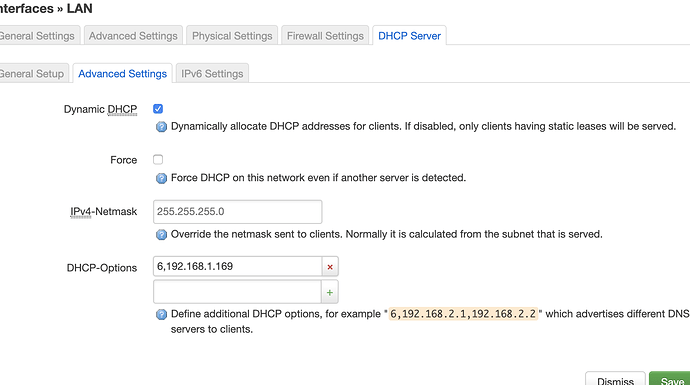You might not understand this stuff now, but by taking the time to learn about this stuff and engage with it in a hands-on fashion, that can easily change. I suppose it's a matter of whether you want to or not.
Perhaps you may find it helpful if some of the information you've been given could be pulled together a bit. Here's my attempt at that:
To build upon what sml156 told you, you have two primary options to consider. Either the pi-hole can be your DHCP server or your router can continue to be your DHCP server.
If you go with the pi-hole DHCP server, it's only a matter of disabling the DHCP server in OpenWrt. Pretty straightforward if everything else is setup properly.
If you go with the OpenWrt DHCP server, you need a way to tell the devices to use the pi-hole for DNS things (this is already handled for you if you use the pi-hole DHCP server). This post on their forums, which is linked in their docs, is sufficiently illustrative. https://discourse.pi-hole.net/t/how-do-i-configure-my-devices-to-use-pi-hole-as-their-dns-server/245. You can follow the instructions that have already been linked to you about setting DHCP options in OpenWrt to get the specifics, but the goal is the same.
The two options should function in very similar manners. The only notable difference that I can find is that you will only see device names in the pi-hole management interface if you are also using pi-hole's DHCP server. Else, you will just see IP addresses.
Based on your replies, it may be helpful to read up a bit on DHCP's basic functionality and how options come into play. https://en.wikipedia.org/wiki/Dynamic_Host_Configuration_Protocol is not bad, though you may find more approachable/beginner-friendly resources with a quick internet search.
slh's most recent reply was clarifying that the directions up to this point have been how to use your existing DHCP server, the one provided by OpenWrt, with pi-hole. Though it seems that you interpreted quite the opposite, having the pi-hole do DHCP is not what people have been providing instructions for.
And hey, if this isn't right for you right now, no worries! I bet you will still learn a thing or two setting up your Minecraft server. 

